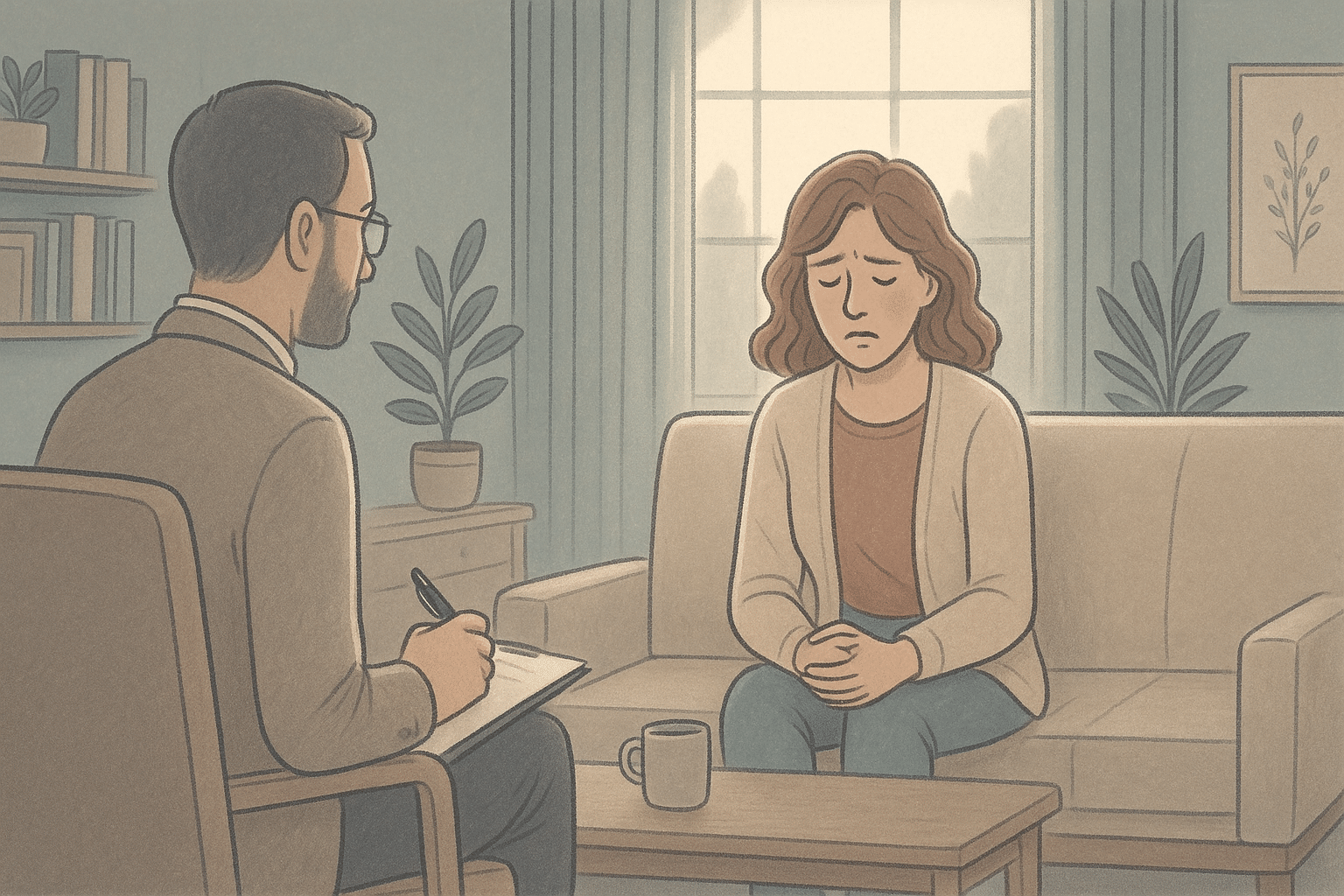Mishra S, Elliott H, Marwaha R. Premenstrual Dysphoric Disorder. [Updated 2023 Feb 19]. In: StatPearls [Internet]. Treasure Island (FL): StatPearls Publishing; 2025 Jan-. Available from: https://www.ncbi.nlm.nih.gov/books/NBK532307/
Yonkers KA, Simoni MK. Premenstrual disorders. Am J Obstet Gynecol. 2018 Jan;218(1):68-74. doi: 10.1016/j.ajog.2017.05.045. Epub 2017 May 29. PMID: 28571724.
Halbreich U, Borenstein J, Pearlstein T, Kahn LS. The prevalence, impairment, impact, and burden of premenstrual dysphoric disorder (PMS/PMDD). Psychoneuroendocrinology. 2003 Aug;28 Suppl 3:1-23. doi: 10.1016/s0306-4530(03)00098-2. PMID: 12892987.
Smith M, Frey BN. Treating comorbid premenstrual dysphoric disorder in women with bipolar disorder. J Psychiatry Neurosci. 2016 Mar;41(2):E22-3. doi: 10.1503/jpn.150073. PMID: 26898728; PMCID: PMC4764487.
Sepede G, Brunetti M, Di Giannantonio M. Comorbid Premenstrual Dysphoric Disorder in Women with Bipolar Disorder: Management Challenges. Neuropsychiatr Dis Treat. 2020 Feb 10;16:415-426. doi: 10.2147/NDT.S202881. PMID: 32103961; PMCID: PMC7020916.
Wyatt KM, Dimmock PW, Jones PW, Shaughn O’Brien PM. Efficacy of vitamin B-6 in the treatment of premenstrual syndrome: systematic review. BMJ. 1999 May 22;318(7195):1375-81. doi: 10.1136/bmj.318.7195.1375. PMID: 10334745; PMCID: PMC27878.
Mental Health Services Administration. DSM-5 Changes: Implications for Child Serious Emotional Disturbance [Internet]. Rockville (MD): Mental Health Services Administration (US); 2016 Jun. Table 12, DSM-IV to DSM-5 Bipolar I Disorder Comparison. Available from: https://www.ncbi.nlm.nih.gov/books/NBK519712/table/ch3.t8/
Burdick KE, Millett CE, Russo M, Et. al, The association between lithium use and neurocognitive performance in patients with bipolar disorder. Neuropsychopharmacology. 2020 Sep;45(10):1743-1749. doi: 10.1038/s41386-020-0683-2. Epub 2020 Apr 29. PMID: 32349118; PMCID: PMC7419515.
Kusumakar V. Antidepressants and antipsychotics in the long-term treatment of bipolar disorder. J Clin Psychiatry. 2002;63 Suppl 10:23-8. PMID: 12392350.
American Psychological Association. (n.d.-a). American Psychological Association. https://www.apa.org/topics/bipolar-disorder
Novick DM, Swartz HA, Frank E. Suicide attempts in bipolar I and bipolar II disorder: a review and meta-analysis of the evidence. Bipolar Disord. 2010 Feb;12(1):1-9. doi: 10.1111/j.1399-5618.2009.00786.x. PMID: 20148862; PMCID: PMC4536929.

















